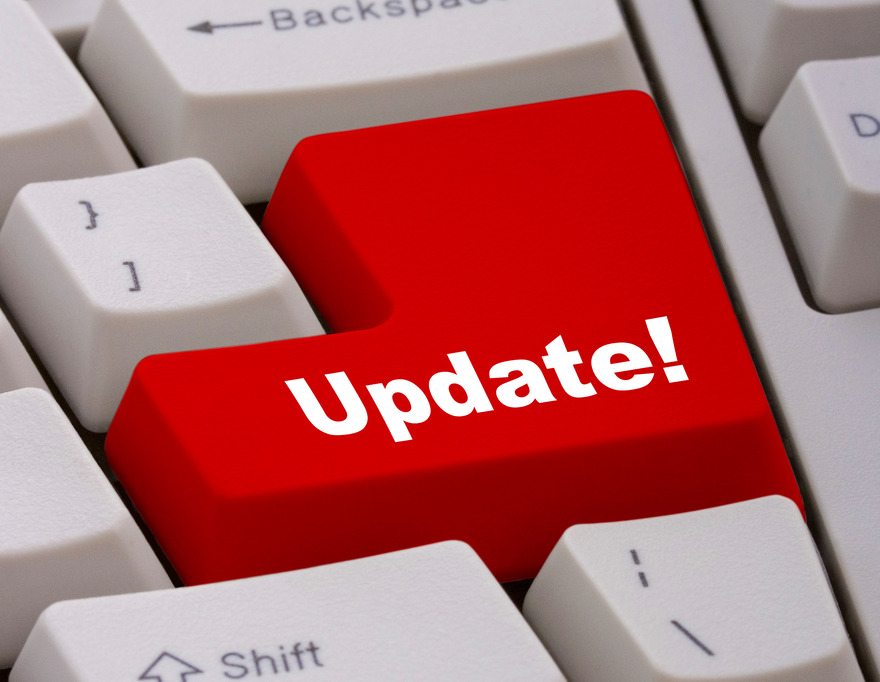Many consumers make the assumption that the accounts on their credit reports are updated in real time.
It’s a reasonable assumption given that we are living in 2015 and pretty much all of our financial transactions are updated dynamically in real time.
Swipe your credit card and within seconds you can see a record of the transaction on the card issuer’s website. Unfortunately for consumers the world of credit reporting is still stuck in the 1900’s and the information in your credit files is not only not real time but it is actually one month old.
How Updating Actually Works
When a consumer makes a payment to a creditor the balance of the account is not updated on the consumer’s credit reports right away. On the opposite end of the spectrum, the balances on your credit reports do not ascend every time you buy something you’re your credit cards.
Instead, creditors will update a consumer’s account balance and payment history with the credit reporting agencies just once per month to coincide with the delivery of your card statement.
The Credit Card Conundrum
If you are a savvy consumer then you already know how important it is for your credit reports to show a low or, better yet, $0 balance on your credit card accounts each month. The reason that low credit card balances are so important is due to the fact that credit-scoring models like FICO and VantageScore will reward consumers who maintain low revolving utilization ratios. Revolving utilization can best be described as the relationship between a consumer’s credit card balances and credit limits, expressed as a percentage.
Lower credit card balances lead to lower revolving utilization ratios which lead to higher credit scores. Due to the revolving utilization factor (and the way credit card interest works) wise consumers never revolve a balance on a credit card from one month to the next but, instead, develop the habit of paying off their credit card balances in full.
The problem, however, is even if a consumer is in the habit of paying off his credit card balances each month his credit reports might never actually reflect it. And, your reports may still show a high account balance depending on when the consumer makes his payments.
For example, if a consumer charges $1,000 on his credit card between the 1st of the month and the 25th of the month and pays his balance off completely on the due date, let’s say the 6th of the following month, he might incorrectly assume that his credit reports would be showing a $0 account balance.
However, in reality the consumer would have needed to pay his balance off in full before the statement closing date on the account if he wanted a $0 balance to be reported to the credit bureaus.
Zero Balance Credit Reporting
Thankfully, there is an easy way for consumers to maintain a $0 credit card balance and, by extension, a 0% revolving utilization rate on their credit reports. The solution is for the consumer to simply call up his credit card company and find out the statement closing date. The information might be present on the cardholder’s statement as well.
As long as the card is paid to $0 by the statement closing date then a $0 balance will be reported to the credit bureaus. You’ll be giving up the mandatory 21-day grace period but if you were going to pay it in full anyway then the grace period may not be meaningful to you.
If a consumer is preparing to apply for financing in the coming months then it can be helpful to pay off all credit card balances to $0 and keep them there for a couple of billing cycles until after the new loan has been approved and closed.
Keeping credit cards at $0 for a couple of months helps to eliminate the possibility of human error on the part of the consumer or, less likely, the credit card issuer. Plus a zero balance on credit cards means no interest, and on credit cards the interest can be well into the double digits.




